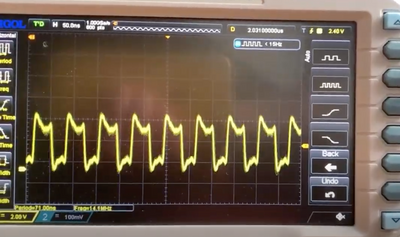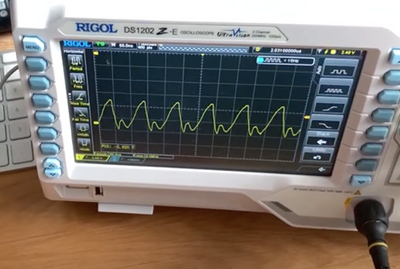Keep in mind LED current 220 ohm resistors at 5V across both in series is about 22mA. Integrated chipsets might drive high or pull low much more current but these resistors serves to limit the transmission line currents, ringing (think of as echo) and help with keeping heat dissipation of the chipsets, memory, etc. When the waveforms gets distorted, usually this is caused by too high resistance (weak drive), or too low resistance (too many loads on one pin) drives the transistor into saturation (bad!).
Second, switching if there is strong load on it introduces deal of noise due to surges during the low to high and high to low transitions.
Also noise from noisy part get cross polluting to another, hence care of breaking this by "partitioning" each component of the chipset with their own feed and separated circuits into one node with strong capacitors anchoring it.
Art of Electronics book goes into detail about these in turn.
For part of the reason saying about all that, consider this, compaq engineers designing 32 bit expansion memory card broke up the 32 bit memory array into 2 16 chips groups each driven by the RAS line, hence one CAS for all IIRC, and two fo RAS hence means cannot use one 72 pin SIMM soldered into it. So have to wait for funds and order four SIMMs 30 pin 1MB each and wire them in. Lack of 1M x 1bit chips is the main reason.
72pin SIMM based on one bank 1MB, 4MB and 16MB is four CAS, and one RAS. 2MB, 8MB and 32MB uses two RAS lines.
I recently received cirrus logic CL-GD5430 video card with unique designs properly designed in from Russia. I have to post this high resolution photos and backlighted PCB to show the islands too.
No, I didn't design that, it was the the proper designs that I don't see that often in other cards etc made me to purchase it inexpensively.
Second, one time I bought PCI video capture card in 2006 or so and it had herringbone noise in captured videos so I ripped out all the video traces (easy, slice both traces and peel, terminated both ends correctly and installed length of coax cables obtained from cut up quality VGA cable got rid of that noise and gave clean capture. 😀
Cheers,
Great Northern aka Canada.

